I am trying to make a basic EPROM programmer using an Arduino. It is designed to programme M27c322/160/800 devices.
One problem I am encountering is that these 3 devices have a couple of the pins different. For example, the A20 pin on the 322 is actually the BYTE pin on the 160/800. This means that my Arduino will need to be able to switch this pin between a digital address signal line and a power line that supplies 12V at something like 100mA, depending on which chip is being programmed.
What is the best way to do this?
EDIT 3 - OK so I've had a go at this based on the answers I've already had, does this work as intended?
So basically with the APPLY_A20 line low, the mux just shows a floating pin to the rest of the circuit, allowing me to assert APPLY_12V or APPLY_5V to get power, then if I need to use the A20 address then I pull the APPLY_12V and APPLY_5V lines low and assert APPLY_A20 high.
